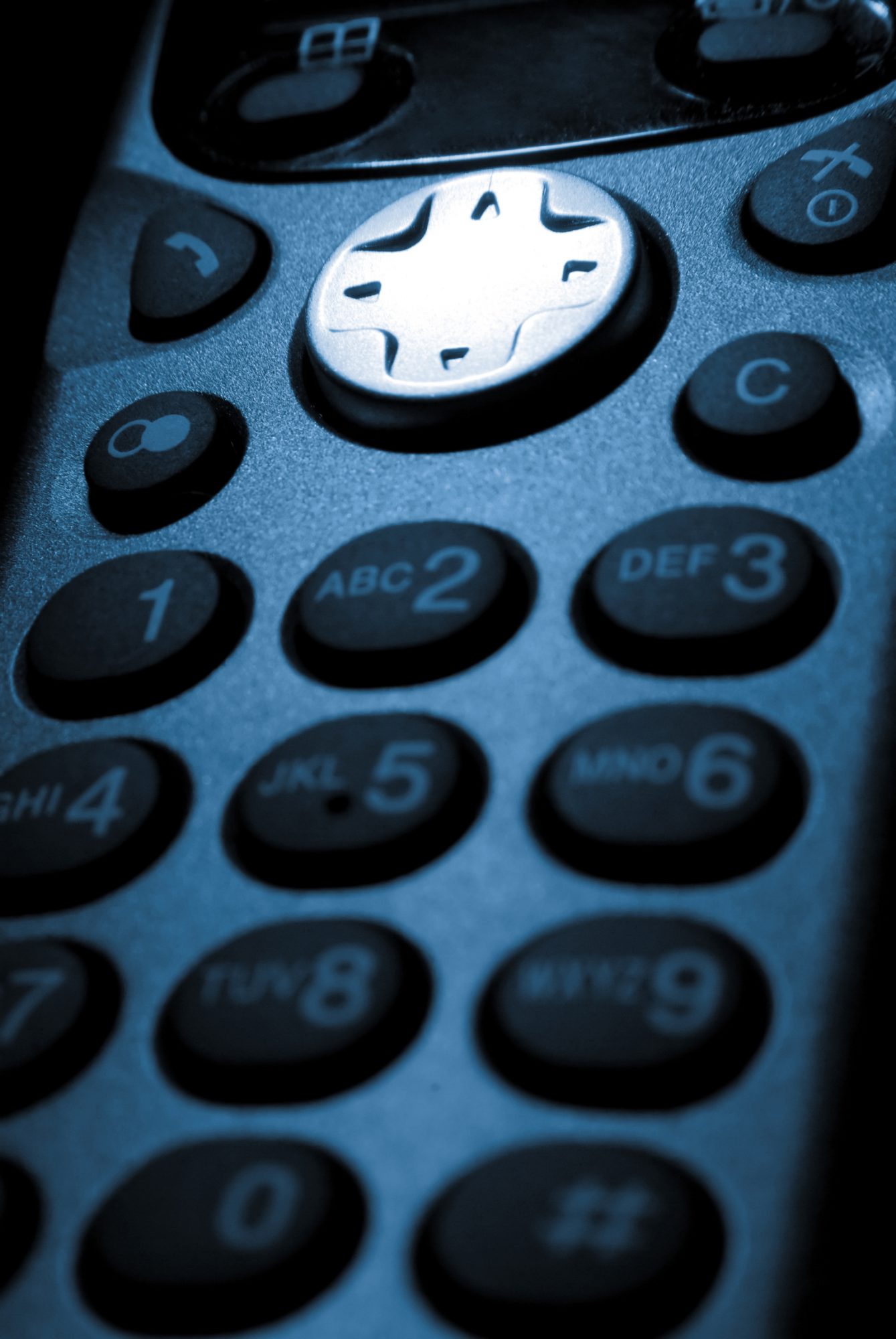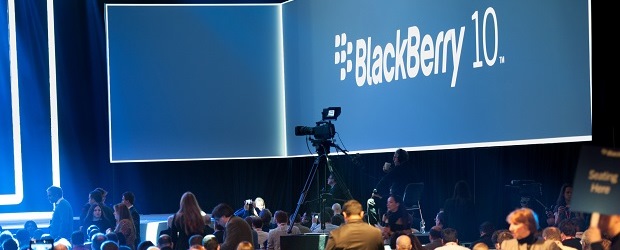Chinese networking equipment maker Huawei Technologies Co. Ltd. and Microsoft Corp. appear to have divergent views of the mobile phone market.
As Huawei announced plans to phase out more than 80 per cent of its low-end handset models later this year, Microsoft on the other hand just unveiled the Nokia 130, a Windows Phone device that sells for just US $25 but does not connect to the Internet.
Even as smart phones become increasingly sophisticated, Microsoft believes there is still a need for budget mobile phones and the company is aiming the Nokia 130 at emerging markets where many users are buying their first phones, according to a report on Computerworld.com.
Huawei on the other hand is focusing on branding and profits, Richard Yu, CEO of Huawei’s consumer business group, told news publication Want China Times.
Yu said that over the years, Huawei had launched multiple models of low-end phones to cater to the needs of telecommunications operators rather than meet the demands of consumers. Huawei rolled out such devices every three months. He said this strategy led the company’s mobile phone sales to become heavily dependent on the operators and as a result, weakened Huawei’s own distribution channels.
As much as 65 per cent of Huawei’s mobile phone sales were through telecom carriers as opposed to 35 per cent sold through retailers.
Yu said the focus on more consumer-oriented phones like the very successful Xiaomi model and the use of e-commerce channels began when he assumed his current post three years ago. By 2013, Huawei consumer device revenues hit $9 billion (up from $7.5 billion the previous year) and smart phone shipments reached 52 million units.
For the first half of 2014, the company shipped 34 million smart phones.
Microsoft on the other had said that a $100 price tag if too steep for many buyers in the emerging markets it is targeting.
That’s why it feels the pretty spartan Nokia 130 is a perfect fit for such buyers. The phone has a 1.8-inch colour display but will be available with one or two SIM cards and will have a month-long standby time. This is idea for areas with little spotty electricity accessibility.
The phone has a built-in video player, music player and FM radio. And it will be released in countries like China, India and Indonesia.






Western companies are slow learners, they need twenty years to catch up with the Chinese just to sell phones. Hopefully they will follow the Chinese way of quanxi management if it really exist or what is claimed to exist in the western media.
Bring the Nokia 130 to Canada by signing this petition.
https://www.change.org/p/microsoft-nokia-bring-the-nokia-130-to-canada